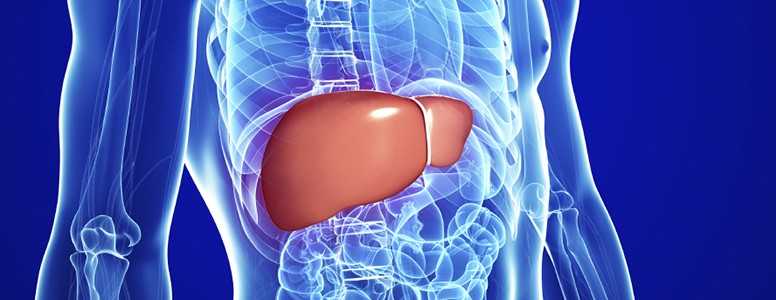A high fat-diet which includes fructose has been associated with a range of adverse effects on the liver in mice.
We know that increased fructose (eg, in high-fructose corn syrup) is one of the catalysts for the struggle with weight gain and the development of fatty liver disease, whose prevalence is high among people with type 2 diabetes.
In this new study, researchers from Joslin Diabetes Centre investigated whether the quality of the diet had an impact on how sugar, and particularly fructose, is metabolised in the liver regardless of how much of it is consumed.
For ten weeks, the scientists fed mice either a standard diet (23% protein, 22% fat, and 55% carbs) or a high fat, lower carb diet (20% protein, 60% fat, and 20% carbs) alongside water enriched with 30 per cent fructose or 30 per cent glucose.
After the experiment, researchers looked at their glucose tolerance, insulin, triglyceride production, alterations of gene expression in the liver as well as changes in levels of different liver metabolites.
The first finding was that mice fed a high-fat diet were worse off if the diet was supplemented with fructose, rather than glucose.
The high fat diet plus fructose regimen led to certain changes in the expression of genes related to hepatic energy metabolism and the synthesis of fatty acids, which resulted in reduced insulin signaling in the liver.
Mice on the high-fat diet with fructose gained more weight and were more insulin-resistant, compared to those on the glucose diet. And while both groups had fatty deposits in their livers, the fat composition was quite different.
In addition to this, the production of an enzyme called ketohexokinase (Khk) ramped up in the livers of mice who drank fructose. Higher levels of Khk have been found in patients with fatty liver disease.
When researchers tried to tamp down levels of this enzymen, which is necessary for the breakdown of fructose but not so much glucose, it significantly lowered liver weight and improved glucose tolerance among mice on the high-fat, high-fructose diet.
Overall, the study shows that liver cells handle fructose and glucose very differently, especially if the diet is rich in fat. However, questions remain as to how applicable this is to humans.
Animal research can be very useful to form such hypotheses but animal physiology can be different, and the high-fat chow they get in the lab (eg, lard and soy feed) is often nothing like what humans typically eat.
More importantly, mice fed a lot of fat have more permeable intestines and fatty liver disease has been linked to increased gut permeability. The human gut is different because we have different bacteria that live there.
Therefore more research is needed in humans to confirm the link between high-fat diets, fructose and associated adverse effects on the liver.
What's new on the forum? ⭐️
Get our free newsletters
Stay up to date with the latest news, research and breakthroughs.






